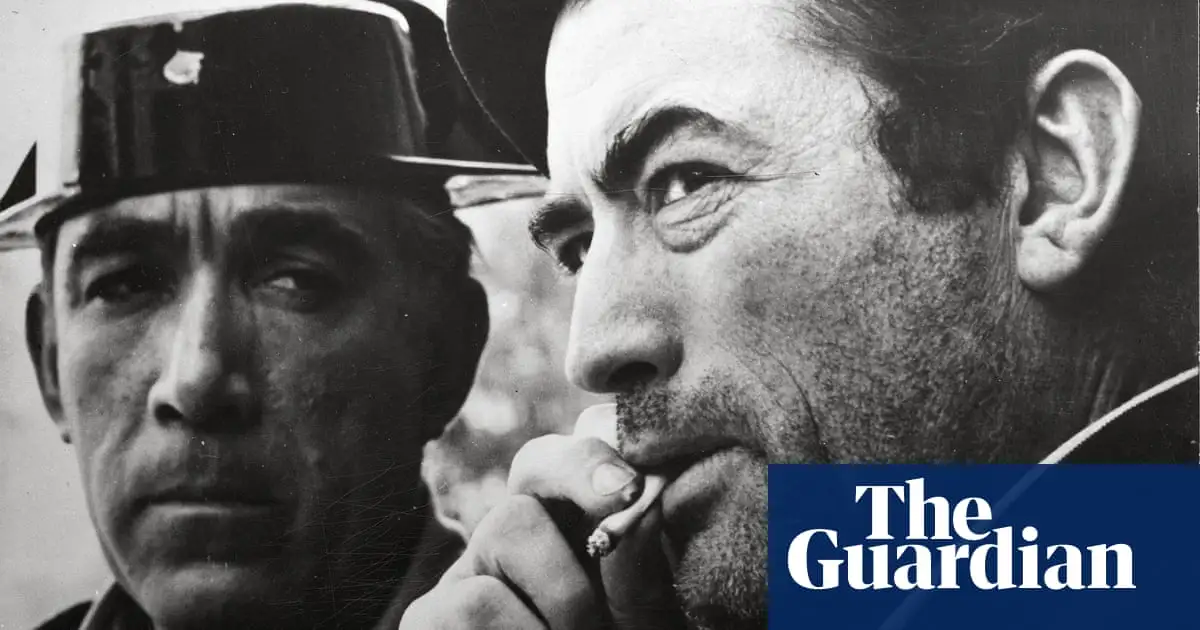The Lumière festival in Lyon in south-east France – the home of 19th-century movie inventor-pioneers Auguste and Louis Lumière – always serves up mouthwatering classic films on the big screen. This is true once again this year, with a retrospective season of works by Fred Zinnemann, famously the director of High Noon and From Here to Eternity.
In one of its most interesting films, the festival also provided what could be the last remaining underexamined footnote in the history of the great Powell/Pressburger partnership that gave us Black Narcissus, The Red Shoes and The Life and Death of Colonel Blimp.
Zinnemann’s fascinating film Behold a Pale Horse (1964) is based on a novel that Emeric Pressburger wrote after his split from Michael Powell, called Killing a Mouse on Sunday. (Pressburger also wrote a second novel, The Glass Pearls, a psychological thriller, which was ignored at the time, but has been recently reissued.)
Pressburger’s first novel was inspired by the Pimpernel-type bandit Quico Sabaté, a daring fighter for the Republican side in the Spanish civil war. After the anti-Francoists’ defeat he lived in exile in France, but infuriated the Spanish government with repeated raids into Spanish territory.
Zinnemann’s movie is one that all Powell/Pressburger fans have to see. It is adapted from Pressburger’s book by American screenwriter JP Miller, and it’s an engrossing and mysterious drama of character and destiny, with a Greeneian slant, a story about the meaning of martyrdom in a secular world. And it’s a fascinating meditation on the long, strange history of European fascism in 20th-century Spain, the fascism that existed before and long after the second world war.
Gregory Peck plays Manuel Artiguez, an ageing exiled Republican guerrilla living in France, who has for years been conducting amazing sorties into Spanish territory, more or less for the pleasure of tweaking the fascists’ noses. But now he has lapsed into melancholy inactivity.
…
How would Powell and Pressburger have filmed this? Perhaps not so very differently: the story is as rich and complex and difficult to pigeonhole – and rooted in a distinctive and lovingly rendered landscape – as the projects that always attracted them. My guess is that Powell would have wanted a stronger female presence, apart from the mother on her deathbed. In the film, Manuel has an odd flirtatious moment with a barmaid just before he goes for his last confrontation with the forces of the right. But a Powell/Pressburger version would, I think, have created a love interest or former love interest for Manuel in the French village. This could be a woman who would chide or console Manuel, be protective of the little boy and then feel ruefully deserted when Manuel leaves for the last time, while recognising that he had to do it – the kind of role in which Powell might have cast his partner, Pamela Brown.
At all events, Behold a Pale Horse is a must-see for Powell/Pressburger fans, and for everyone else.


